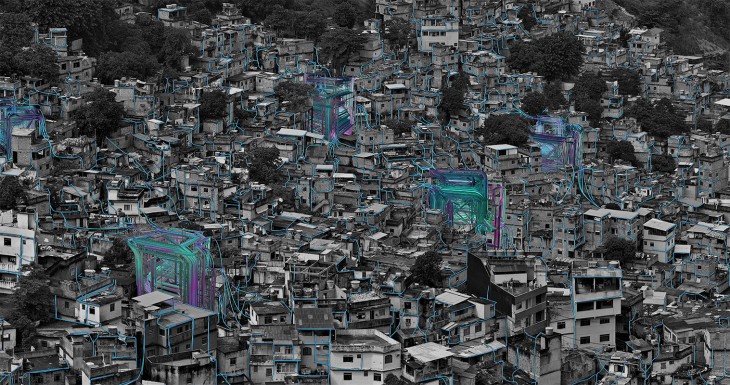</p>
Most of the time we can go about our daily lives without knowing or caring about the hidden world of water. However, as continued population growth and climate change stretch the ability of urban water systems to meet our needs, we must reevaluate the way in which we use and dispose our water if we want to avoid serious environmental, social, and economic problems.
The Hydro Purification Hub is a proposal of a decentralized wastewater treatment system for Rocinha, Rio de Janeiro – Brazil. The Hub structure is made of upcycled materials and a side-stream ceramic membranes filtration system capable of remove solids, viruses, bacteria and other unwanted molecules from wastewater. A self-sufficient multi-functional structure that provides an
alternative for our currently poor and unobtrusive design sanitation system.
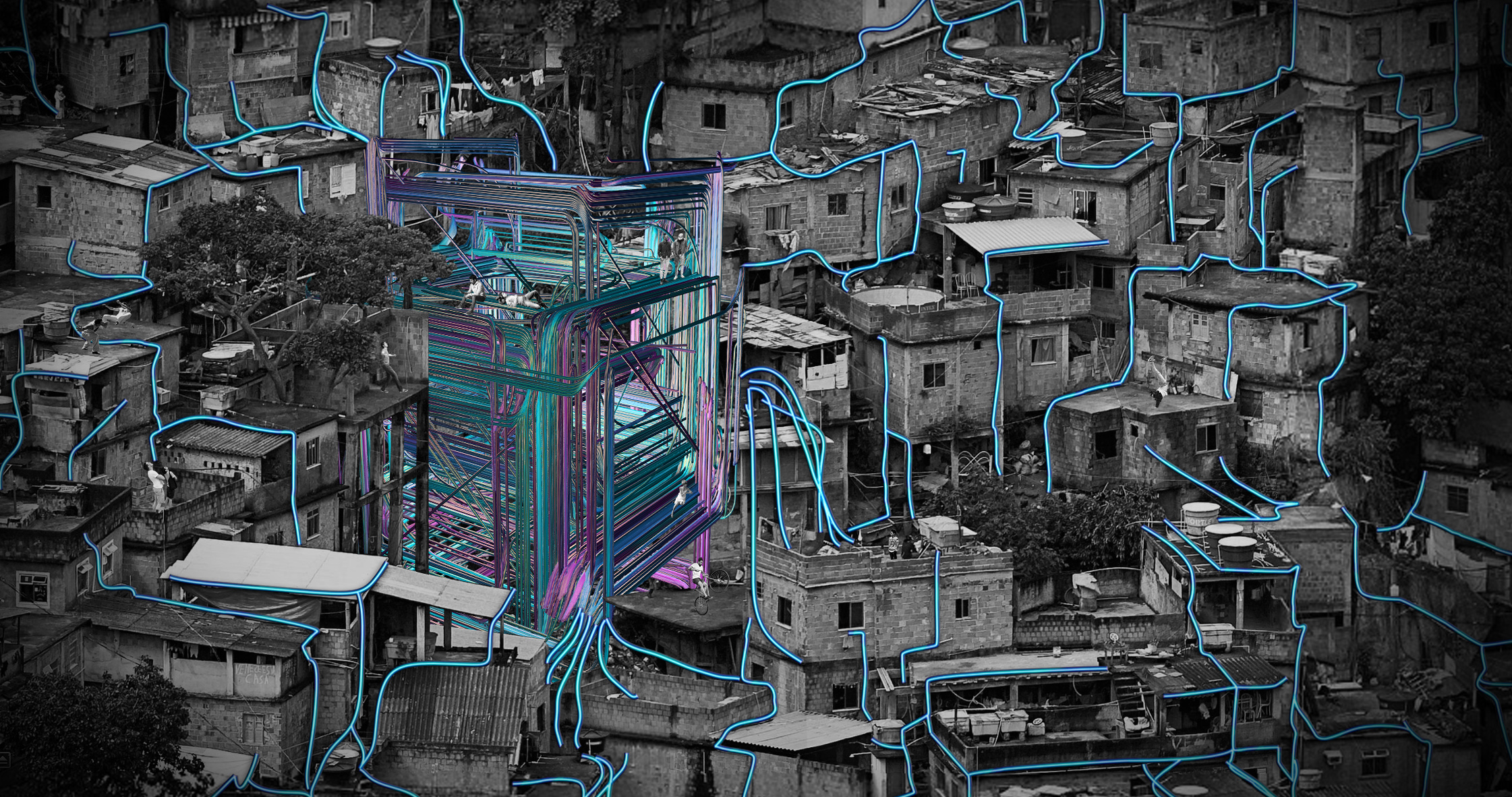
PAST, PRESENT AND FUTURE

#1 The piped water system and sewers rst built by the ancient Romans were replicated in European cities on the end of the 18th century;
#2 Advancements in water treatment that enabled the delivery of safe drinking water in the fast-growing cities of the 19th century;
#3 Developments in sewage treatment that emerged during the 20th century to protect the water ecosystem;
#4 Safely treat our wastes close to where they are produced and rain the streets without a centralized storm sewer system.
UPCYCLE
The process of transforming by-products, waste materials, useless or unwanted products into
new materials or products of better quality or for better environmental value.
MEMBRANE FILTRATION
Membranes provide a physical barrier that effectively removes solids, viruses, bacteria and
other unwanted molecules from wastewater. The retentate material from the membrane is
used as fuel for the bioreactor, which generates the energy needed for the water flow. Mainly
made of ceramic or polymers and with a process cost of 50% of that used for seawater desalination,
membranes produce more water and remove more impurities while using less energy
when compared with conventional systems.
SIDESTREAM MEMBRANE BIOREACTOR ADVANTAGES
Very stable process, high effluent quality, easy maintenance and low fouling rate.

CASE STUDY: ROCINHA
Although Rocinha is officially classified as a neighbourhood, many still refer to it as a favela. With area of 143.72 ha and an estimated population of 120.000 inhabitants, it presents many infrastructure problems, such as garbage collection, water supply and lack of sewerage. According to IBGE, only 56.33% of households in Rocinha have a proper sewage or rainwater system, the remaining goes directly into storm sewers, which eventually end up in the ocean. Rio de Janeiro is the state with the highest water consumtion rate per capita in Brazil. In the capital (Rio), the locals consume, on average, 329.78 liters of water per day.
Sanitation systems in slums often require connection of several small systems, rather than a large system, in order to adapt to different conditions such as topography and spatial constraints.
The connection between houses and filtration HUB is made through shortest path taking advantage of the terrain slope to transport the waste by gravity. The clean water can is sent to a house with a lower altitude or pumped up using the energy produced by the bioreactor.

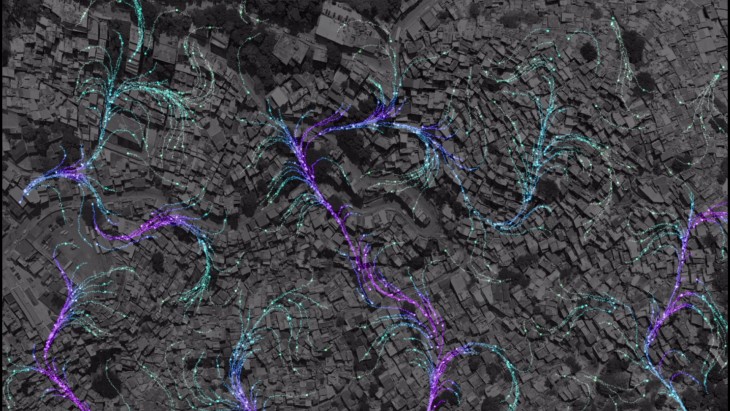
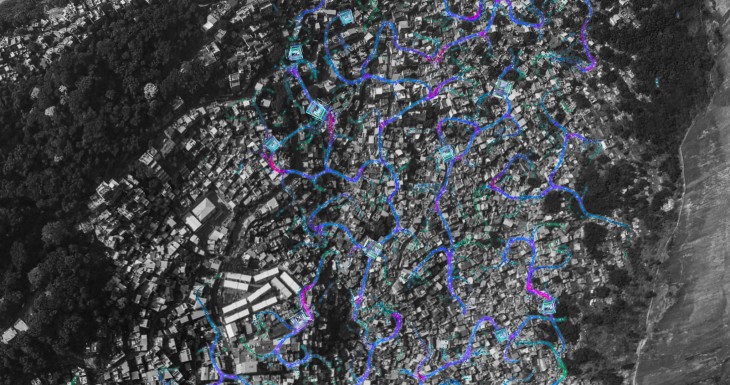
PROPOSED MEMBRANE CHARACTERISTICS
MEMBRANE MATERIAL: ALUMINIUM OXIDE (Al2O3)
HOUSING MATERIAL: POLYETHYLENE TEREPHTHALATE (PET)
AVERAGE PORE DIAMETER: 2 – 1 NM (0.001?M )
STANDARD LENGTH: 1000 MM
PH RESISTANCE: 0 – 14
DIAMETER: 520 MM DIAMETER
NUMBER OF CHANNELS: 19
CHANNEL DIAMETER: 8MM
FILTER AREA PER UNIT: ~0.48 M²
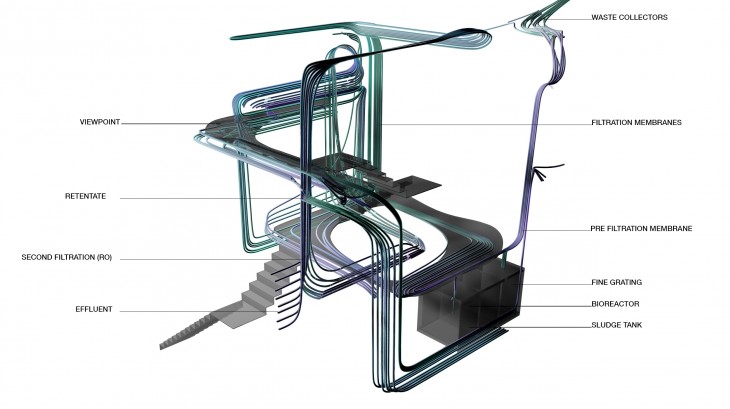
Each HUB is composed by 1000 units of 150 to 350 membranes modules each, capable of removing yeast particles, bacteria, macromolecules, viruses, small organic monomers and dissolved inorganic solids. The system can be adapted according to the site dimensions and demand.
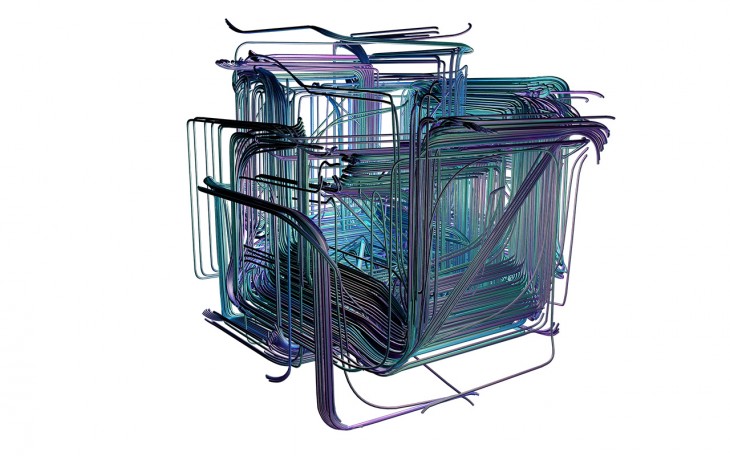
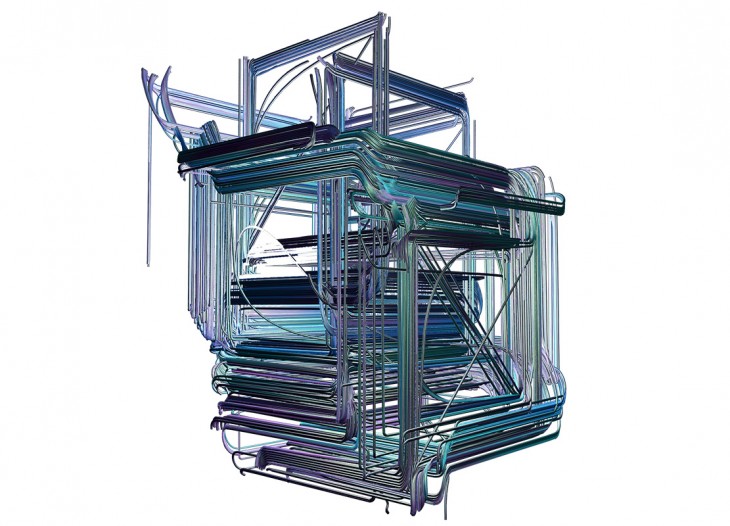
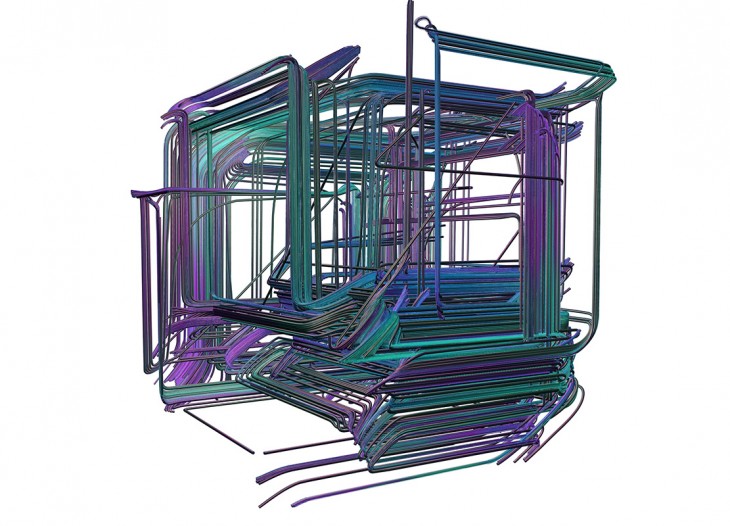

INPUT: Wastewater, rainwater and inland water.
OUTPUT: Energy, potable water, floor prevention system and a community space.
